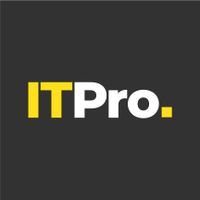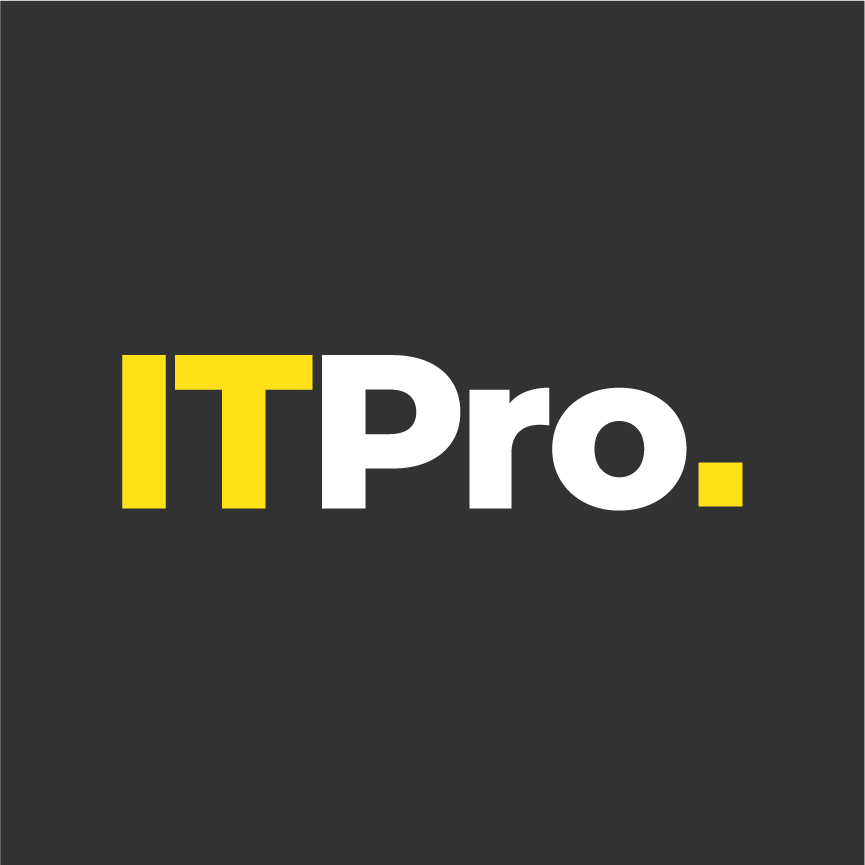Helping customers adopt a multi-cloud infrastructure and accelerate their modernization journey
We outline what shifting to a subscription model means for your business

Cloud computing has dramatically changed things for many businesses previously unable to compete in a landscape where access to infrastructure and services is critical to growth and success.
In particular, the software as a service (SaaS) model has appealed thanks to the pricing structure and the benefits of support and maintenance embedded in most consumption contracts. In other words, instead of having to spend a lot of money up-front, businesses can balance payments over a longer period that is more aligned with business needs and objectives.
Under Broadcom’s leadership, the company has shifted its licensing strategy to a subscription-based model, which better aligns with evolving industry trends. For Broadcom's VMware partners, this means benefiting from recurring cash streams and predictable revenue. For customers, it means businesses are incentivized to consume only what's required when taking out virtual machines.
Advocating the benefits of a subscription-based model
Subscription-based models of consumption offer many benefits. Whether your organization is considering a cloud migration or you're already well underway, pivoting to acquiring virtual machines under a subscription-based system, as with VMware's Cloud Foundation (VCF), is much preferable to perpetual licensing. For VMware partners, it's key to stress these benefits to customers who may be unfamiliar with or unsure about this.
Businesses that switch to consuming resources in this way may find it integrates much better with their hybrid cloud or multi-cloud strategies. Businesses can also use it as a gateway to integrate VMware's services into a broader cloud-native environment.
It offers many benefits across the board. A particular highlight being the fact that it blends together the best of what public and private clouds bring to the table. In essence, this provides organizations with a cloud-based operating model that delivers public-cloud-like levels of agility and scalability, but underpinned by the robust performance and security of a private cloud.
The three key tenets of VCF are:
1) The provision of modern infrastructure spanning all endpoints and suitable for any workload.
2) A unified cloud experience that takes advantage of automation to aid workload deployment and management.
3) High levels of security and resilience with end-to-end protection that includes but is not limited to compliance, prevention, and recovery. capabilities.
VCF 9.0 was released on June 17, 2025, and offers many added benefits for customers, including new licensing considerations.
“Licensing in VCF 9.0 automatically gathers license usage information into a file that customers can send to Broadcom through the connected model or the disconnected model. This licensing information is available to the customer, so it can help by offering insights into their license consumption. The license usage information lets customers make informed decisions across their VCF infrastructure and how their licenses are allocated. Using APIs, a customer can automate some of the license usage process,” Kyle Gleed, part of the VCF technical marketing team, and Sehjung Hah, product marketing engineer at Broadcom, wrote in a recent blog post.
They continued: “The easier licensing not only boosts operational efficiency but also reduces the risk of compliance issues. The scalability offered by VCF 9.0 enables businesses to adapt their licensing as they grow and their infrastructural needs evolve without the complexity of managing an unwieldy number of license keys. Whether scaling up or down, the new VCF 9.0 licensing process remains smooth and manageable.”
This allows businesses to scale as they grow, opting for an initial level of investment that suits their needs, then increasing it as these change. This frees up cash for additional spending and allows a business to plan for the long term. This is especially important for customers who are expanding or have ambitions of growth in the future, as VMware partners can stay with them to deliver resources and other services that support all stages of their journey.
Consuming virtualization software through this framework ensures customers can benefit from new features and updates as they arise, without needing to plan for major upgrades or allocate a specific budget for these.
Why a subscription-based model suits partners
Subscription-based models better align with customer preferences for flexibility, scalability, and financial security in the longer term while also fitting more closely with ongoing trends.
There are, of course, a series of excellent benefits for VMware partners, including improving business models, generating more sales opportunities, and strengthening customer relationships.
VMware's partners also stand to gain from a much better and more sustainable business model. Recurring revenue streams through subscriptions offer more predictability for cash flow over time. Subscriptions also offer new opportunities to sell services in addition to virtual machines.
All of this means much stronger customer relationships that will enjoy a level of stability, in addition to more predictable revenue. Further, subscription-based licensing incorporates several value-added services that partners can offer beyond virtual machine provision to engage and grow customer relationships.
Ultimately, Broadcom’s VMware subscription-based model can lead to more business opportunities, more stable revenue streams, and allow new customers who were previously unable to consider large upfront costs to tap into the power of virtualization.
Sign up today and you will receive a free copy of our Future Focus 2025 report - the leading guidance on AI, cybersecurity and other IT challenges as per 700+ senior executives
ITPro is a global business technology website providing the latest news, analysis, and business insight for IT decision-makers. Whether it's cyber security, cloud computing, IT infrastructure, or business strategy, we aim to equip leaders with the data they need to make informed IT investments.
For regular updates delivered to your inbox and social feeds, be sure to sign up to our daily newsletter and follow on us LinkedIn and Twitter.
-
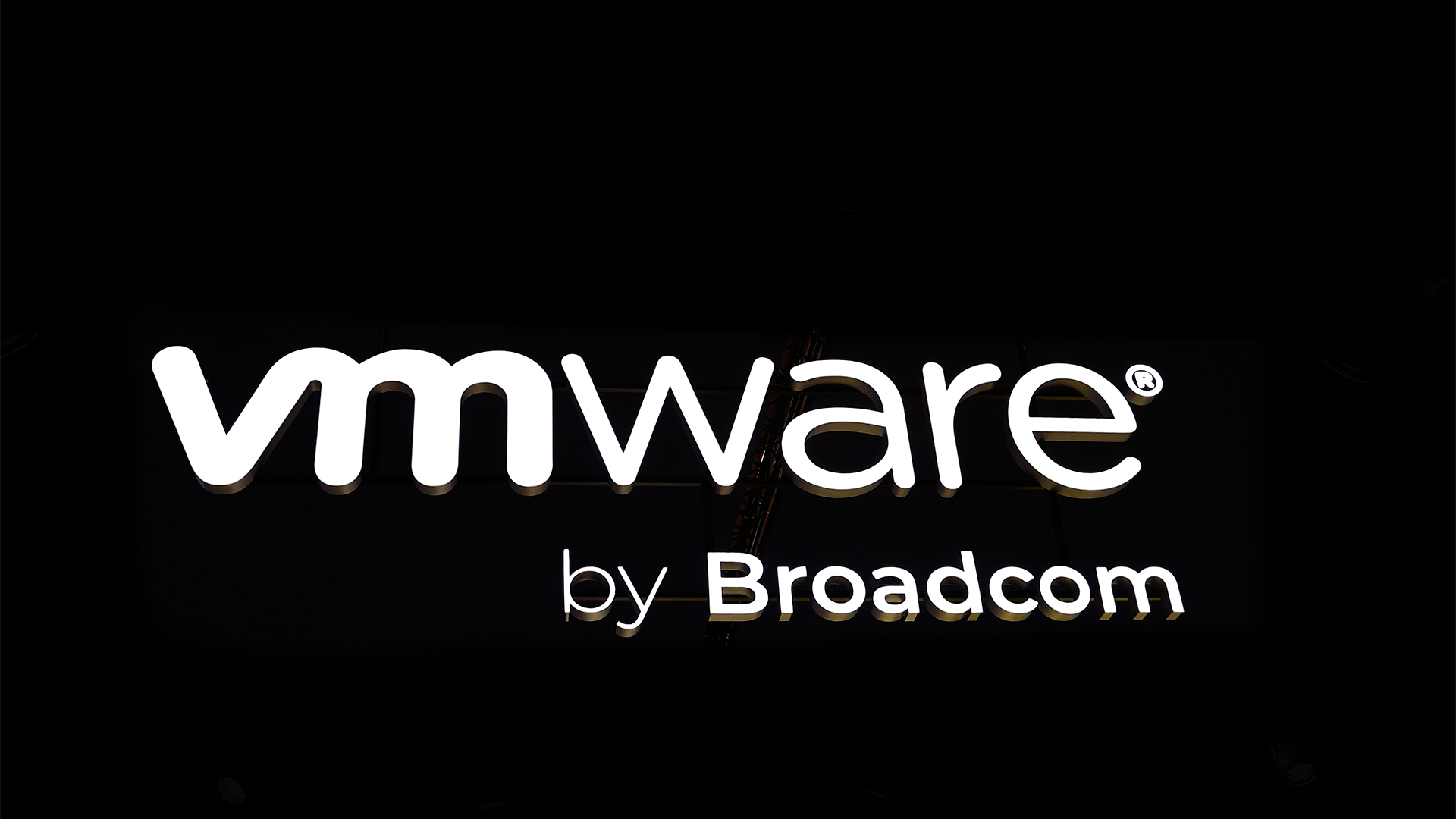 VMware partners face more disruption with latest Broadcom changes
VMware partners face more disruption with latest Broadcom changesNews Broadcom’s latest VMware changes mean smaller partners could be pushed out
-
 There’s a ‘cloud reset’ underway, and VMware Cloud Foundation 9.0 is a chance for Broadcom to pounce on it
There’s a ‘cloud reset’ underway, and VMware Cloud Foundation 9.0 is a chance for Broadcom to pounce on itNews With new security features and cost management tools, Broadcom wants to capitalize on surging private cloud adoption rates
-
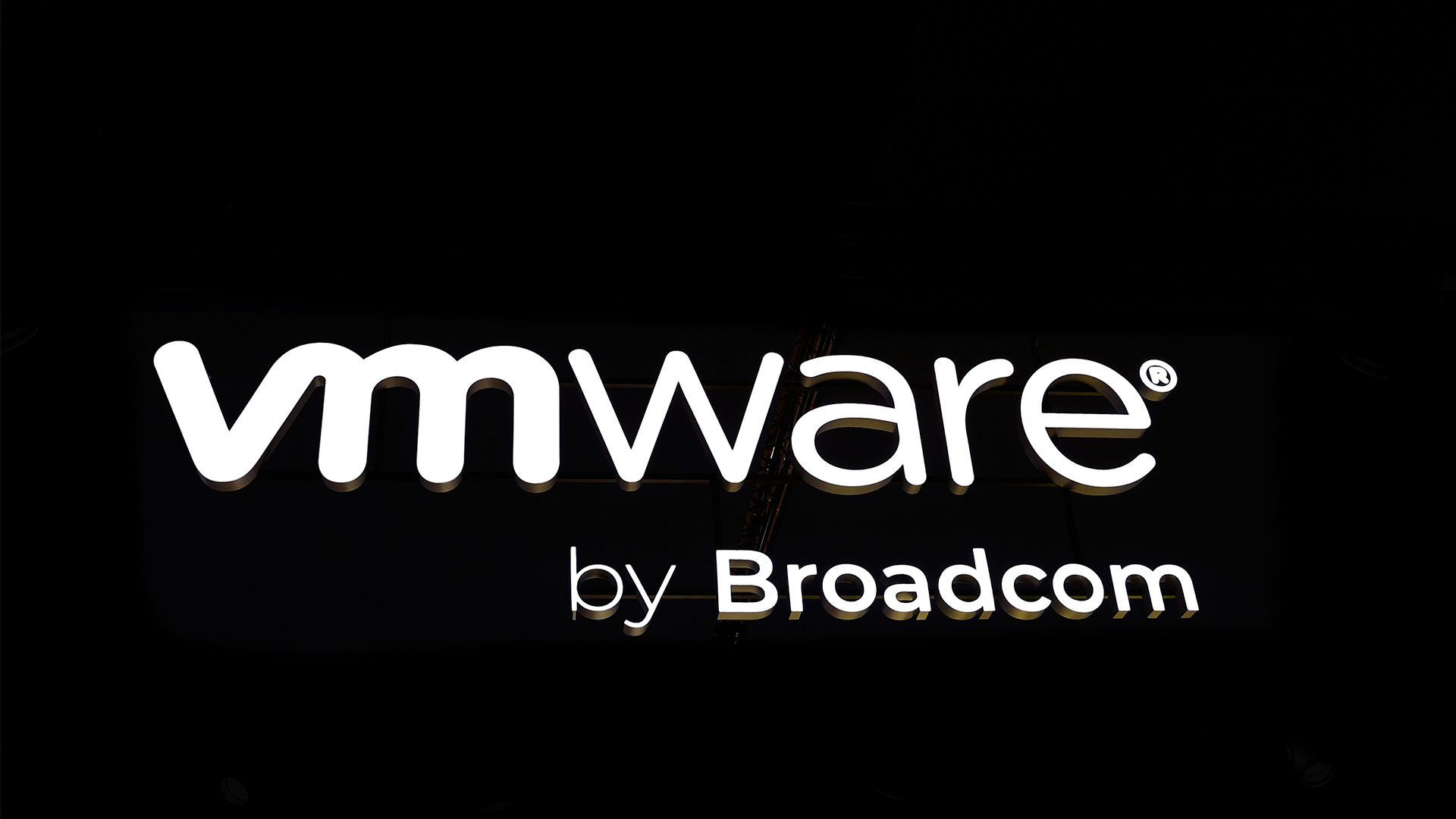 Broadcom's 'harsh' VMware contracts are costing customers up to 1,500% more
Broadcom's 'harsh' VMware contracts are costing customers up to 1,500% moreNews An ECCO report says Broadcom hasn't solved customer complaints when it comes to licensing and contracts
-
 Broadcom records huge growth as CEO Hock Tan hails “successful integration” of VMware
Broadcom records huge growth as CEO Hock Tan hails “successful integration” of VMwareAnalysis The VMware acquisition is finally paying dividends for Broadcom
-
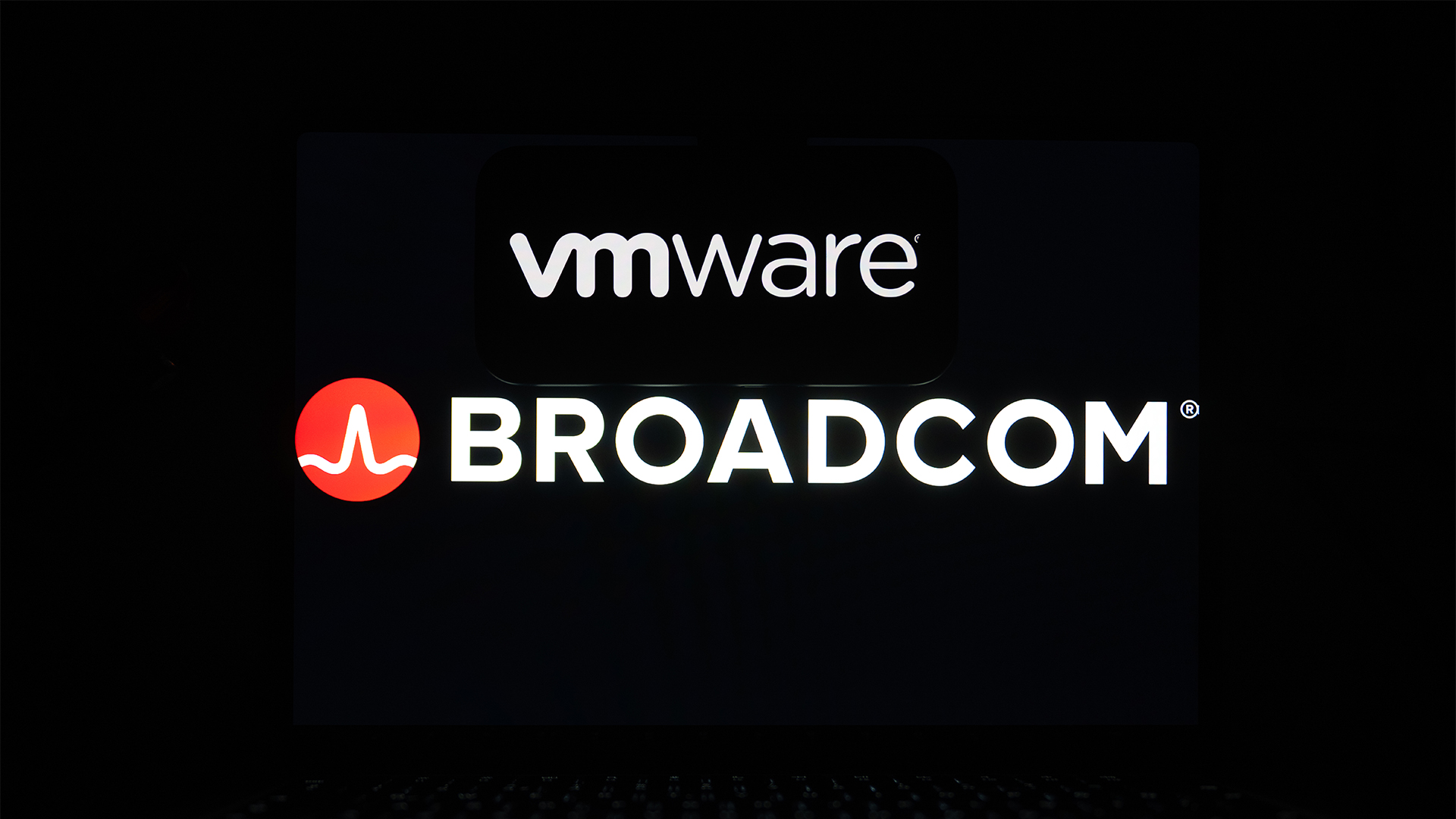 Broadcom EMEA CTO claims the company has been able to solve most of its customer issues following VMware acquisition
Broadcom EMEA CTO claims the company has been able to solve most of its customer issues following VMware acquisitionNews Joe Baguley says the firm has been walking customers through license changes and explaining the value of VMware
-
 Cloud repatriation may be nipping at hyperscaler market share, but it’s a boon for VMware
Cloud repatriation may be nipping at hyperscaler market share, but it’s a boon for VMwareNews The firm’s private cloud offerings put it in a strong position to aid customers moving workloads out of the public cloud – but repatriation can’t be the only conversation
-
 VMware Explore 2024 live: All the news and updates as they happen
VMware Explore 2024 live: All the news and updates as they happenLive Blog ITPro is live on the ground in Barcelona for VMware Explore 2024 – keep tabs on all the news, updates, and announcements in our rolling coverage
-
 Pure Storage announces VM assessment service – and it could please beleaguered VMware customers
Pure Storage announces VM assessment service – and it could please beleaguered VMware customersNews The firm unveiled a new tool for managing VM costs as part of its Pure//Accelerate London 2024 event
